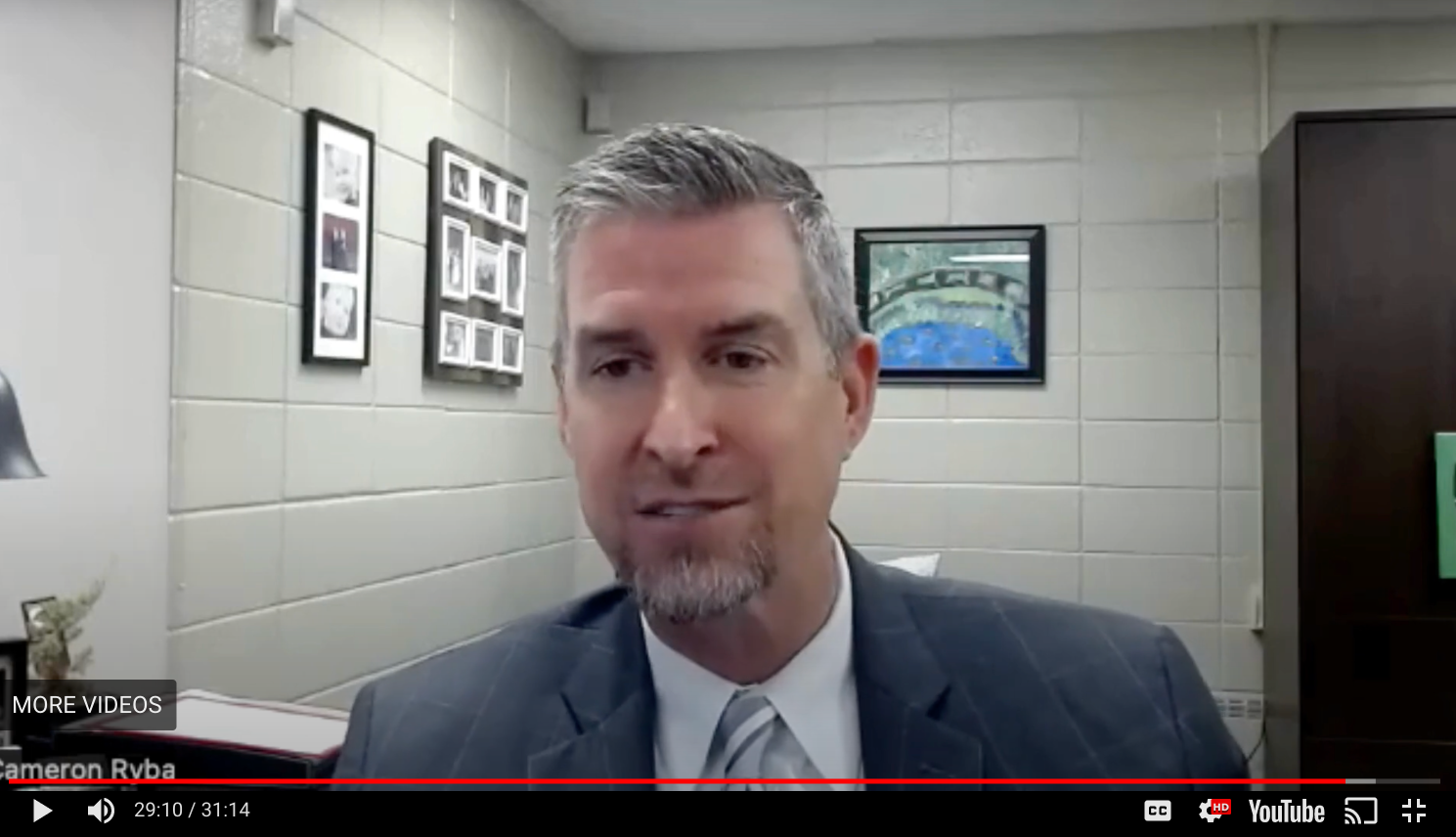Case Study: Unveiling the Power of Strategic Planning for Schools
In the dynamic landscape of education, strategic planning stands tall as the compass guiding institutions toward their goals.
A recent webinar featuring Tom Speaks and Phil Herman, Impact Group Partners, along with special guest Dr. Cameron Ryba, Superintendent of Strongsville City Schools, delved into the essence of strategic planning and its transformative impact.
Why It Matters:
Strategic Plans are essential for organizations to articulate and communicate where they are going. It plays a crucial role in providing clarity, setting actionable goals, and securing buy-in from stakeholders. It’s not just a bureaucratic exercise; it’s a roadmap to success.
Strongsville’s Decision to Develop a New Strategic Plan:
Driven by the need to engage a wider audience, assess values and priorities, and address deep-rooted challenges to move from “good to great” in educational performance, Strongsville City School District decided to develop a new strategic plan.
In a recent webinar, Dr. Cameron Ryba shared insights into Strongsville City Schools’ success story, emphasizing community engagement, collaborative goal-setting, and a relentless focus on educational improvement.
Listen to Dr. Ryba’s insights:
“It was an important aspect of what we were doing, especially looking at our history of how we’ve done strategic planning up to that point. So, we sat down and crafted what are ways that are going to meet the communication needs of our community?” remarked Ryba.
Process of Developing a Strategic Plan:
The involvement of key stakeholders is a critical element of a successful strategic plan. Without input from the community, your plan will lack buy-in and ultimately success because it did not begin with a trusted foundation.
Here are a few steps to take when developing your process to approaching a strategic plan.
- Step 1: Initial Engagement
- Involves engaging the Board of Education and senior leadership in vision and culture development.
- Step 2: Community Engagement
- Utilizes surveys, focus groups, and wider community participation to gather diverse input.
- Step 3: Goal Setting
- Defines goals, objectives, and action steps collaboratively, ensuring clarity on responsibilities and timelines based on the information collected during engagement sessions.
“We want people to know that if [they are] going to invest [their] mental energy into giving you feedback, you’re actually going to do something about it. So that iterative process of saying, ‘Hey, we asked you this, here’s the results of what we asked you and here’s now what we’re going to do with it’ built that value,” remarked Ryba.
The Board’s Key Role:
The Board of Education plays a pivotal role in determining the strategic direction of a district. Their involvement ensures alignment with community needs and sets the tone for successful execution.
Listen to Dr. Ryba’s thoughts on including the board:
Action Steps for Success:
The Impact Group approaches actionable steps to a strategic plan in a way that turns strategic goals into reality:
- Baseline: Creating a baseline establishes the current state of affairs.
- Recommendations: By outlining recommendations, you know the specific actions needed to achieve your goals.
- Implementation: Sets timelines for action steps.
- Measurement: Determining evaluations, numbers or milestones to measure success and progress.
In the strategic planning process, there are three key components to remember to create a successful long-term plan for your organization:
- Adapt and Succeed: Flexibility is the cornerstone of effective strategic planning. Institutions must be agile and ready to adapt their plans based on evolving circumstances.
- Build Trust, Prevent Silos: Collaboration is key. Strategic plans break down silos by encouraging communication and ensuring everyone sees the interconnectedness of their roles.
- Sustainability Matters: A strategic plan is not a one-off task but an ongoing journey. Building trust with the community involves consistent follow-through on commitments.
Jump to the part of the webinar that covers this subject:
Strategic planning is a powerful tool, not just for educational institutions but for any organization seeking sustained success.
The insights shared in this webinar may serve as a beacon for those navigating the complexities of strategic planning, offering a roadmap to triumph and transformation. Watch the full playback and don’t forget to connect with us over at The Impact Group for an actionable plan forward.




